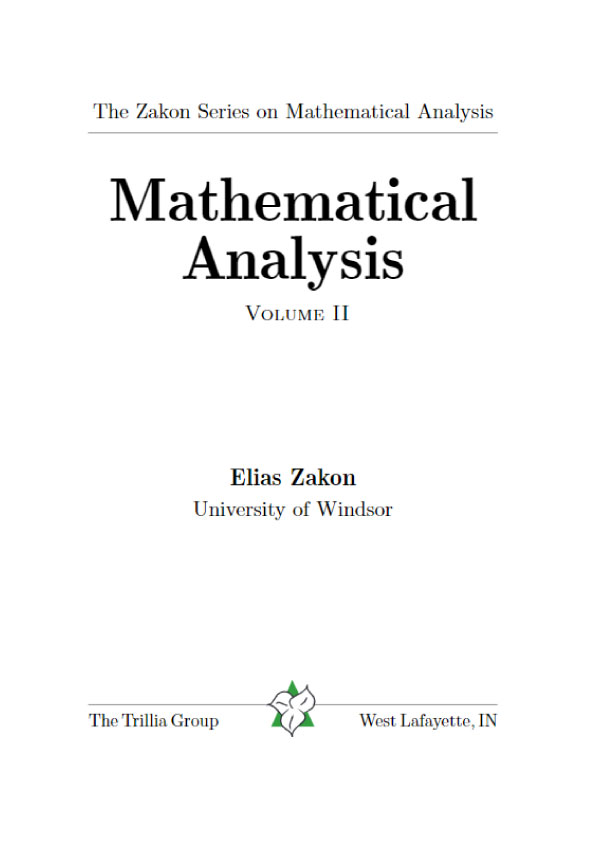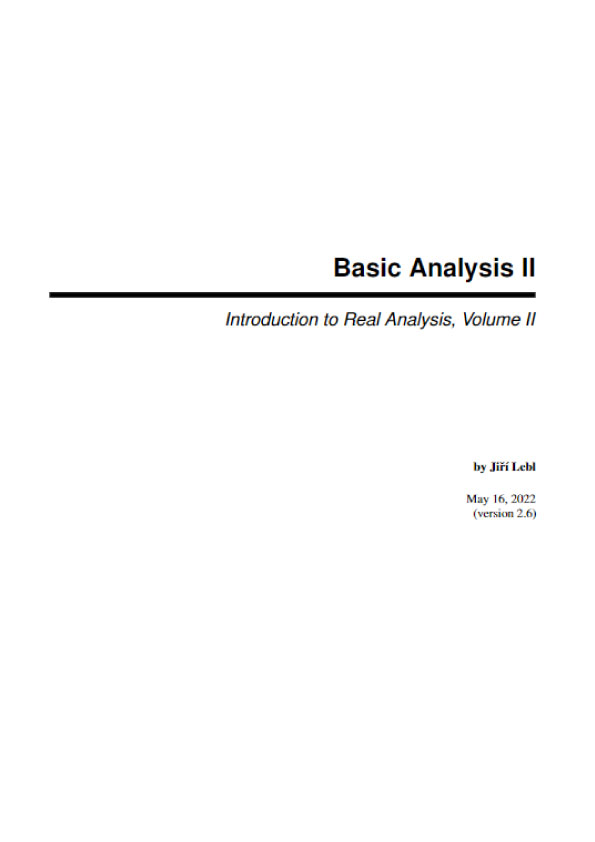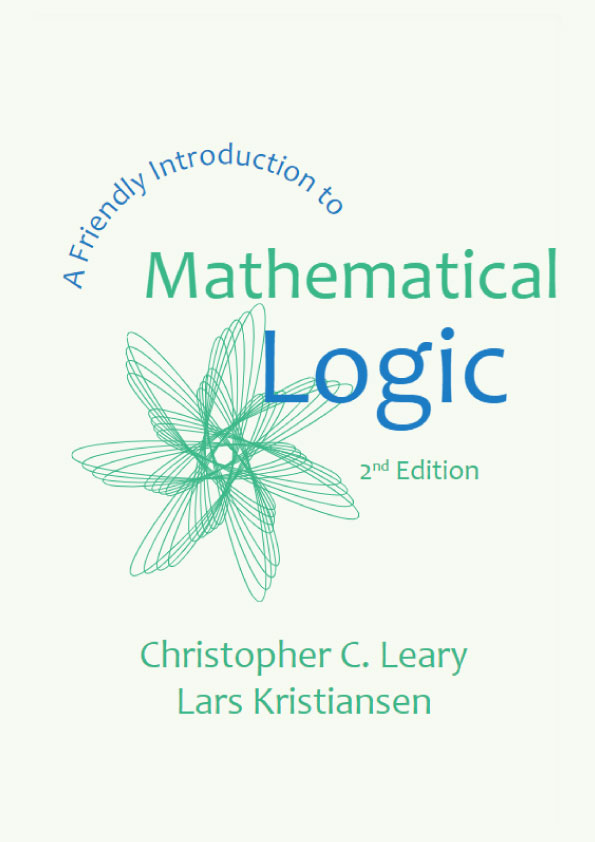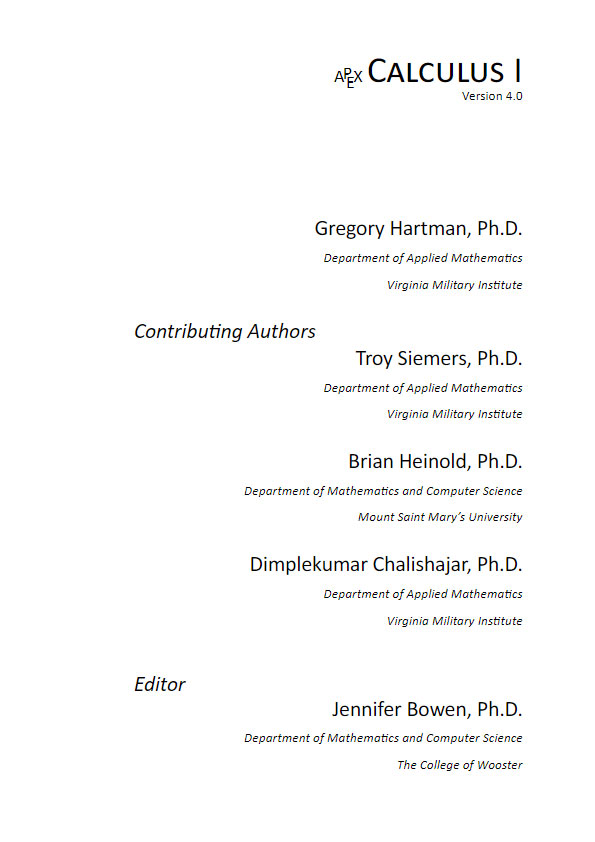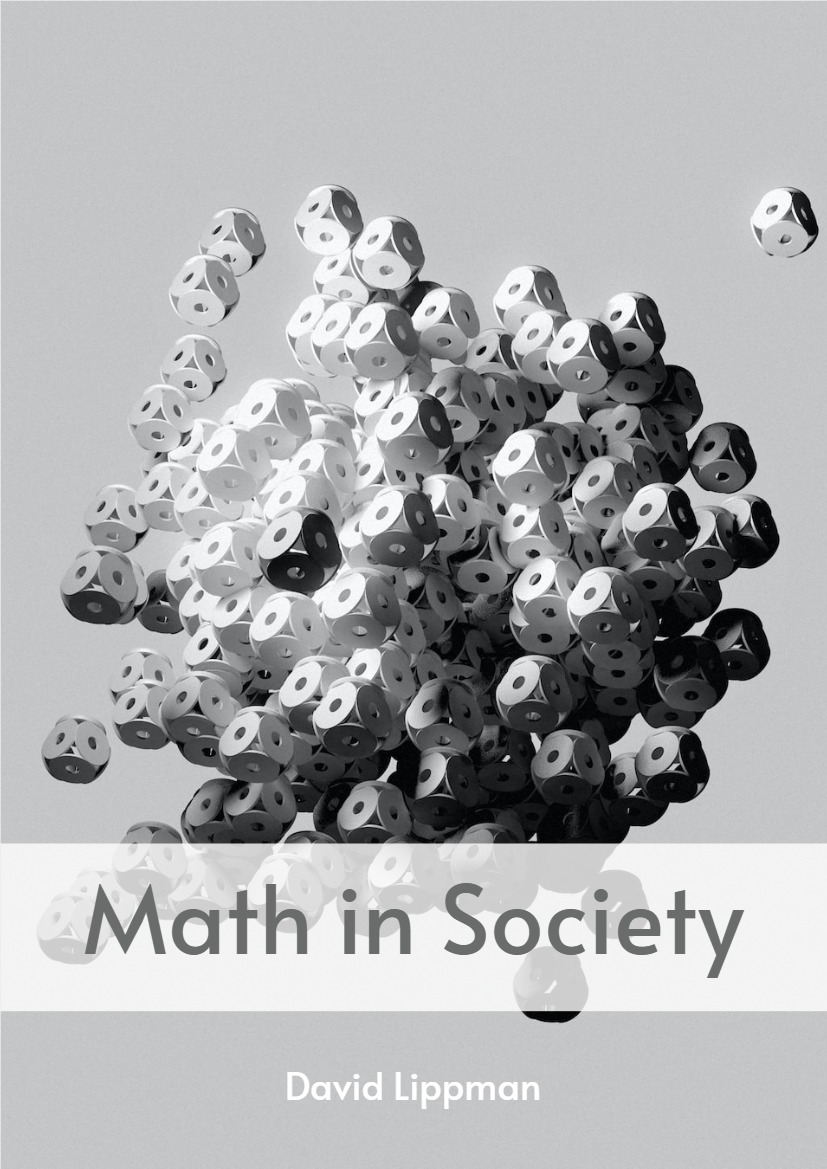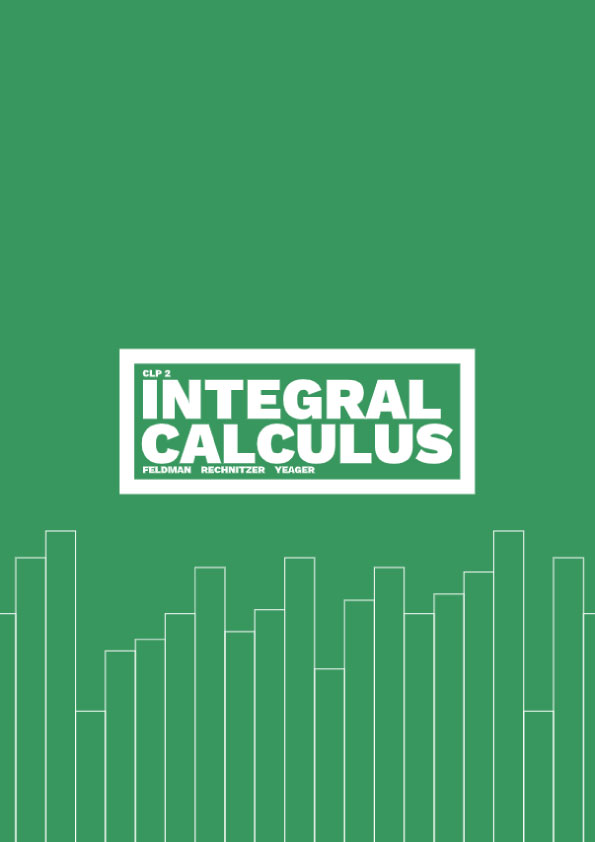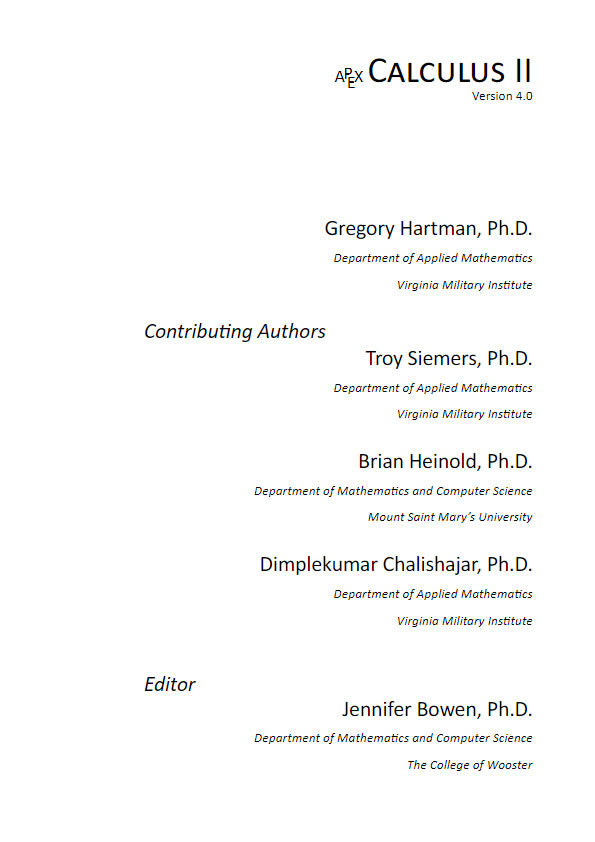Chapter 6 – Differentiation on  and Other Normed Linear Spaces
and Other Normed Linear Spaces
1. Directional and Partial Derivatives
In Chapter 5 we considered functions f : E1 → E of one real variable.
Now we take up functions f : E′ → E where both E′ and E are normed spaces.
The scalar field of both is always assumed the same: E1 or C (the complex field). The case E = E∗ is excluded here; thus all is assumed finite.
We mostly use arrowed letters ![]() for vectors in the domain space E′, and nonarrowed letters for those in E and for scalars.
for vectors in the domain space E′, and nonarrowed letters for those in E and for scalars.
As before, we adopt the convention that f is defined on all of E′, with f(~x) = 0 if not defined otherwise.
Note that, if ~p ∈ E′, one can express any point ![]() as
as
![]()
with t ∈ E1 and ~u a unit vector. For if ![]() set
set
![]()
and if ![]() set t = 0, and any ~u will do. We often use the notation
set t = 0, and any ~u will do. We often use the notation
![]()
First of all, we generalize Definition 1 in Chapter 5,
Definition 1
Given ![]() , we define the directional derivative of f along ~u (or ~u-directed derivative of f) at ~p by
, we define the directional derivative of f along ~u (or ~u-directed derivative of f) at ~p by
![]()
if this limit exists in E (finite). We also define the ~u-directed derived function,
![]()
as follows. For any ![]()
 if this limit exists, otherwise.
if this limit exists, otherwise.
Thus ![]() is always defined, but the name derivative is used only if the limit (1) exists (finite). If it exists for each
is always defined, but the name derivative is used only if the limit (1) exists (finite). If it exists for each ![]() in a set B ⊆ E′, we call
in a set B ⊆ E′, we call ![]() (in classical notation ∂f/∂~u) the ~u-directed derivative of f on B.
(in classical notation ∂f/∂~u) the ~u-directed derivative of f on B.
Note that, as t → 0, ![]() tends to ~p over the line
tends to ~p over the line ![]() Thus
Thus ![]() can be treated as a relative limit over that line. Observe that it depends on both the direction and the length of
can be treated as a relative limit over that line. Observe that it depends on both the direction and the length of ![]() . Indeed, we have the following result.
. Indeed, we have the following result.
